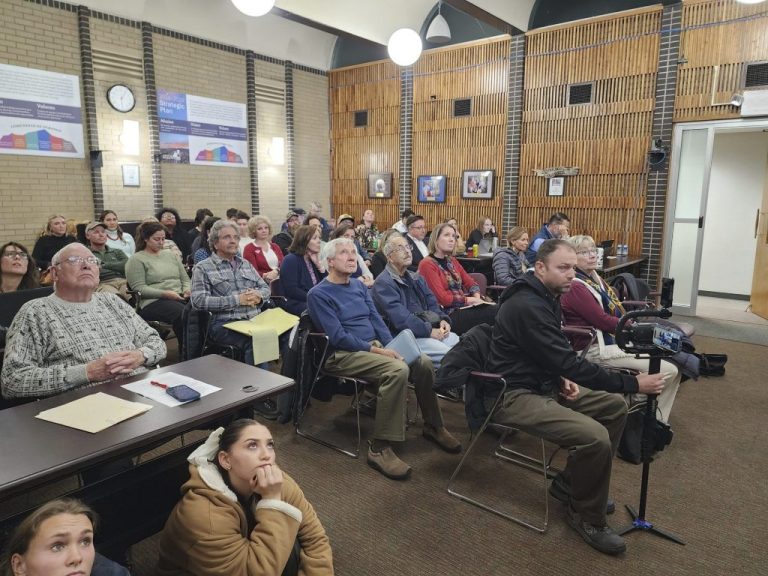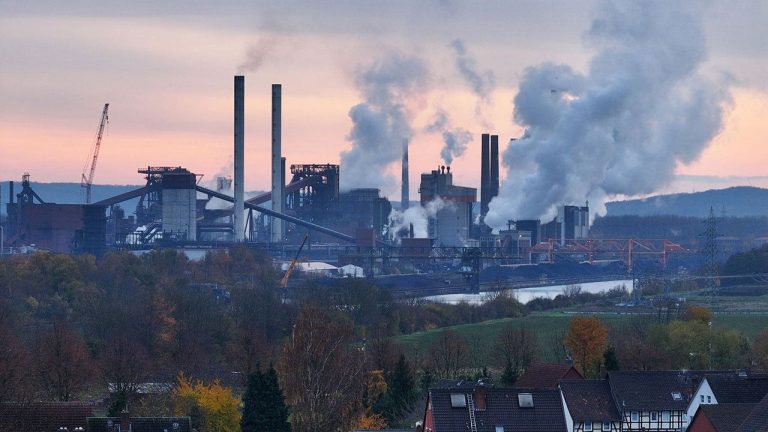
Oceanside has released a draft environmental impact report for the Eddie Jones warehouse proposed for 32 acres near the city’s airport north of state Route 76 in the San Luis Rey River valley.
People have until Dec. 11 to read the report and submit written comments to be included with responses in a final version of the document expected to be finished and presented to the Oceanside Planning Commission sometime next year.
Traffic, noise, lights and air pollution are among the concerns raised by the residents of a 1,200-home subdivision just north of the airport. The only access to their neighborhood is from Foussat and Benet roads, which they would share with trucks from the warehouse driving to and from Route 76 and Interstates 5 and 15.
“We are very much against this project,” said resident Debra Wanamaker, at an Oceanside Planning Commission meeting in October.
Copies of the draft EIR are available at the Oceanside Civic Center and on the city website at www.ci.oceanside.ca.us.
Many of the opponents are members of a grassroots local group called Oceanside Speaks Out. They regularly attend city meetings wearing blue T-shirts to speak during the public comments segment for issues not on the agenda.
The proposed 566,905-square-foot warehouse and distribution facility will have 114 truck terminals, 60 truck-trailer parking stalls, and 590 parking spaces for employees and visitors, according to the draft report. A previous 172,300-square-foot industrial manufacturing building on the property was demolished, and the site is now vacant.
The draft EIR states that the project was found to have no impact or less-than-significant impacts on noise, traffic, greenhouse gas emissions and most of the other areas that were examined. The only impacts found to be significant were air quality, biological resources and cultural resources, and those impacts can be reduced to less than significant, it states.
Nesting bird species, for example, could be affected by construction activities, the report states. However, those effects would be reduced by flagging, mapping and creating buffers around any nests that are discovered.






